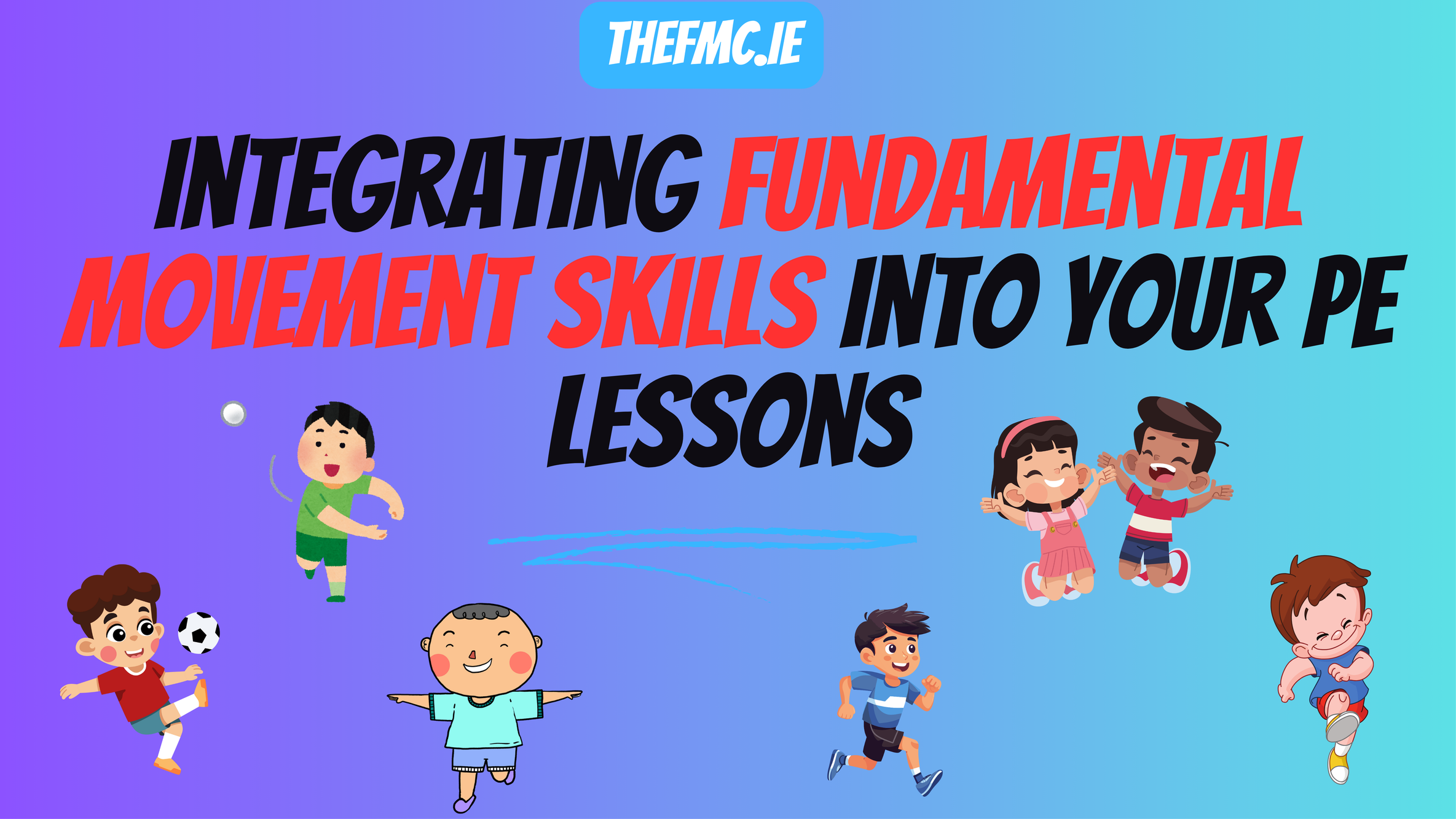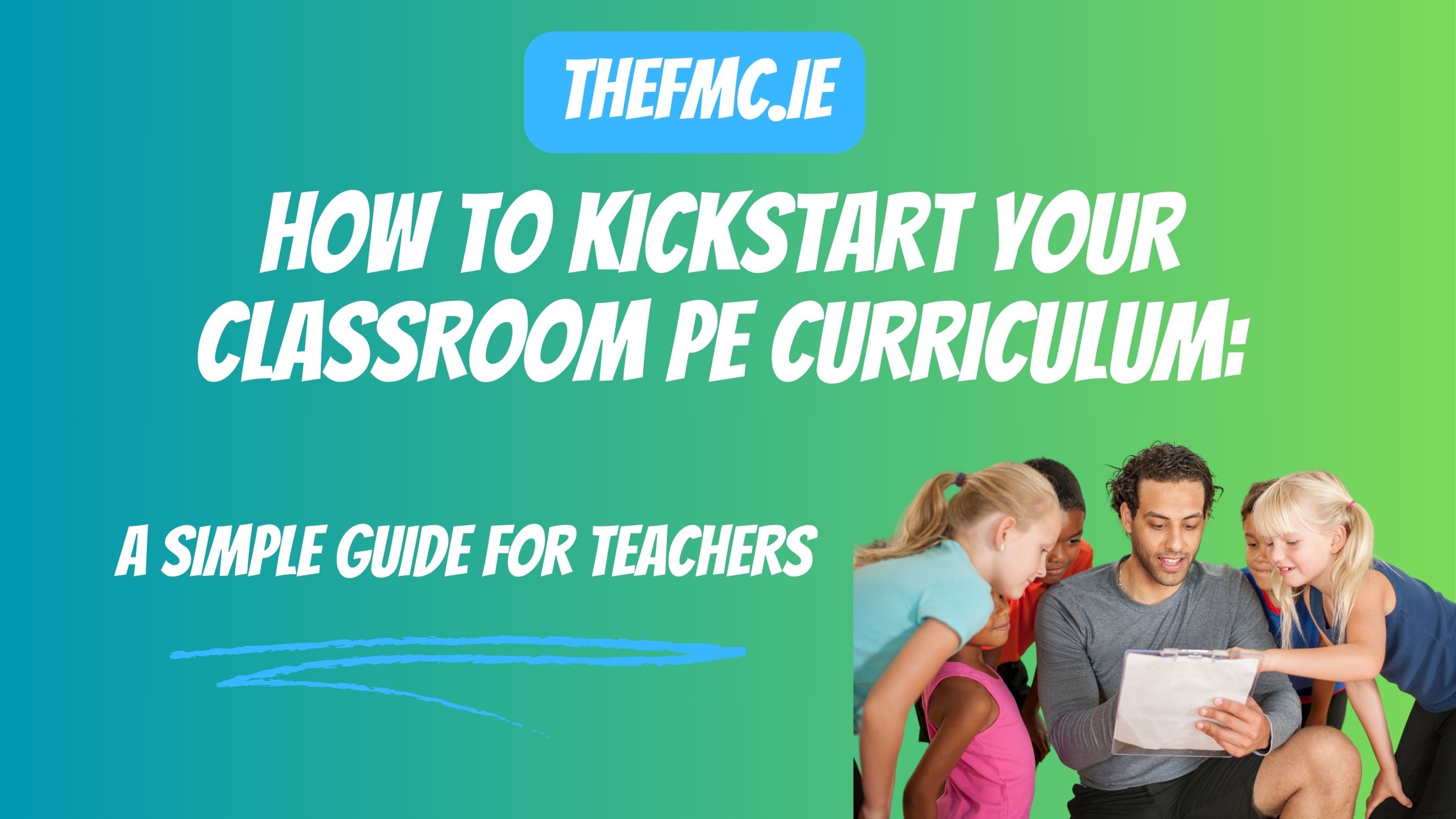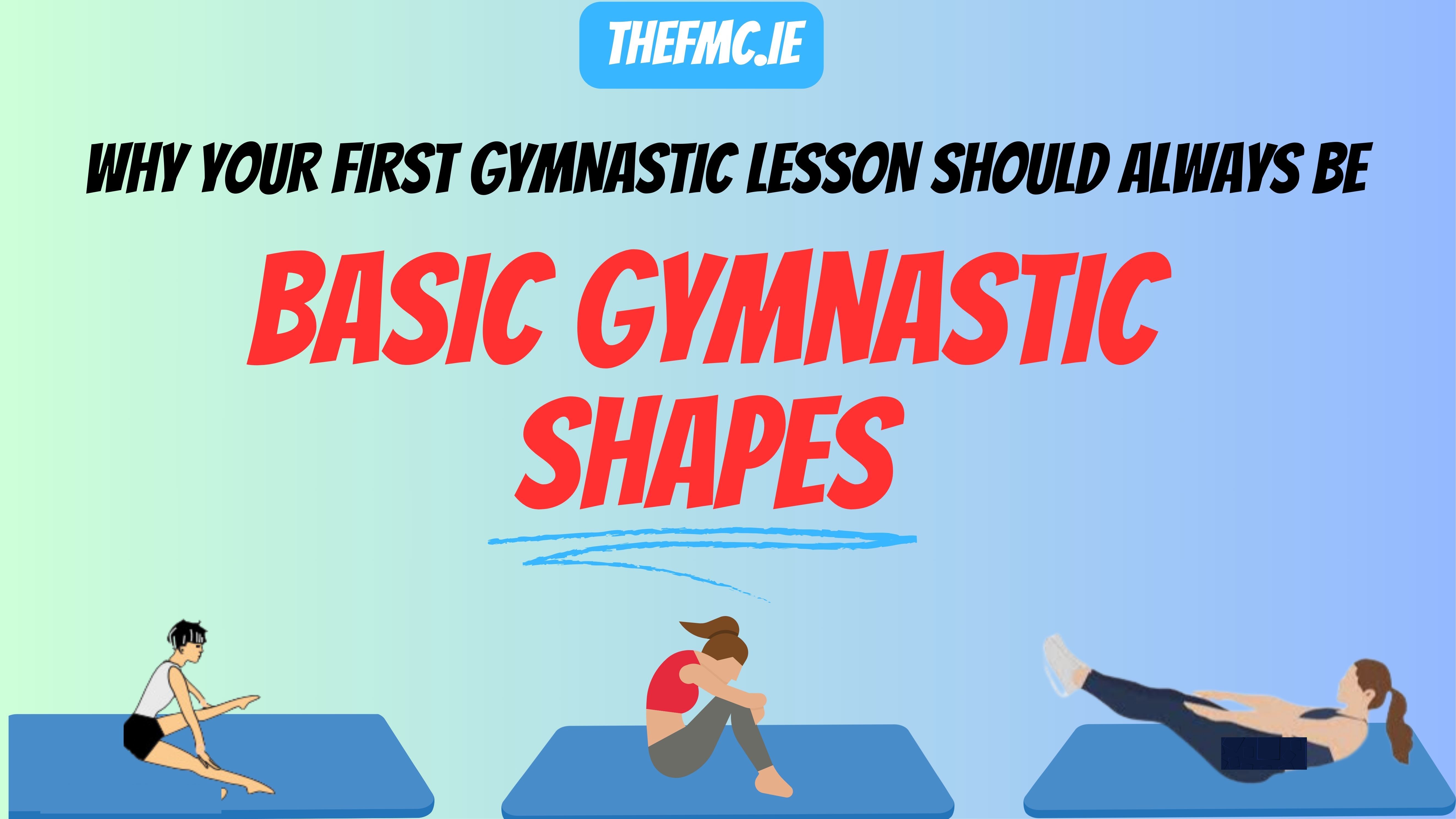
Integrating Fundamental Movement Skills into Your PE Lessons
Discover how the FMC PE Programme simplifies teaching by seamlessly integrating Fundamental Movement Skills (FMS) into every lesson. Our approach saves teachers time while ensuring students build essential motor skills through fun, structured activities. Learn how our whole-school method supports long-term skill development with minimal extra planning.
Continue reading
Transform Your Yard or Hall into the Perfect PE Space
This blog post offers practical tips for setting up your PE space to maximize student engagement and safety. Whether you’re working in a gym, classroom, or outdoor area, you’ll learn how to organize and adapt your space for various activities, including creating a fun obstacle course. By following these simple strategies, you can create a dynamic, flexible environment that enhances your PE lessons and keeps students motivated.
Continue reading
How to Kickstart Your Classroom PE Program: A Simple Guide for Teachers
Starting a PE program in your classroom can be a fun and rewarding experience, even if you’re not a PE specialist! In our latest blog post, we break down simple ways to introduce physical education to your students, focusing on basic movements and cooperative games. Discover how you can use these activities to boost teamwork, build essential skills, and create a positive, active learning environment. Ready to make PE a highlight of your students’ week? Get started with easy, no-equipment-needed activities and explore our full range of cooperative games for all class levels!
Continue reading
Teaching Gymnastics - Basic Gymnastic Shapes - Episode 3
Mastering basic gymnastic shapes is a crucial cornerstone in a child's physical development. These fundamental positions not only enhance strength and flexibility but also nurture body awareness and coordination. For instance, practicing the tuck, pike, straddle, bridge positions, and learning the mechanics of a cartwheel lay the groundwork for more intricate gymnastic skills. Encouraging young learners to engage in playful activities that involve these shapes, such as rolling into a tight ball to emulate the tuck position or stretching forward to mimic the pike, fosters their physical abilities and comprehension of spatial orientation. By incorporating these foundational shapes into fun and interactive sessions, educators promote a holistic approach to physical education, emphasizing both skill progression and enjoyment in learning.
Continue reading